Solar photovoltaic (PV) systems are likely to become commonplace on many farms over the coming decade.
As planning regulations are modified, grant aid increases, technology improves and becomes cheaper, the grid connection process is streamlined, our national electricity grid is strengthened and the need to decarbonise agriculture increases over the coming years, solar PV will likely become a much more attractive investment on many farms.
However, with electricity prices reaching record levels and no letup on the horizon, many farmers are asking if solar will work for them today. The answer is yes, but the payback really depends on an individual farm. Nevertheless, now is the time to start thinking about solar.
The Irish Farmers Journal commissioned consultants Watt Footprint to conduct a special report exploring the economics of solar PV on a range of farm scenarios. This special focus feature will explore each scenario investigated, showing the potential costs and returns.
The returns from solar depend on a range of factors, including the farm’s location, its current electricity demand and spread, type of panels, available ESB connection and grant aid, to name a few. Before we go through each scenario, there are a few things you need to know before considering a solar PV investment.
Sizing a solar PV system
When sizing the potential solar PV system, there are a number of limiting factors that need to be taken into account. As it stands, the size of a system is generally decided by the farm’s peak electricity load and maximum import capacity (MIC).
The peak load refers to the maximum electricity demand of the farm during the day. For example, a dairy farm’s peak load is generally during milking and cooling. In order to accurately determine the daily peak loads, a sub-metering system can be fitted on the farm.
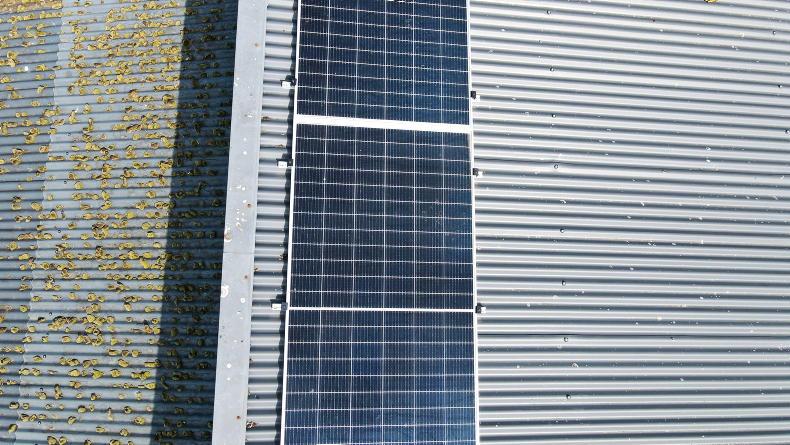
Solar PV works well on farms that have a high electricity demand.
The MIC is the maximum electricity demand that can be catered for by a farm’s ESB connection. MIC is stated in kilovolt-amps (kVA) but this value is, in most cases, similar to the number of kilowatts (kW). This limits the size of the solar system that can be installed.
The area of a shed roof will also be a limiting factor for installation size. However, most farmers generally have sufficient roof space available.
Can I sell back to the grid?
Under the micro-generation support scheme, any producer of renewable electricity will have the right to export surplus electricity back to the grid and receive a competitive wholesale market price. This is called the Clean Export Guarantee (CEG) tariff and will be a deal between the farmer and suppliers of electricity.
This will likely be in the region of between €0.07c/kWh and €0.12c/kWh. At present, a company called Arden Energy is offering a rate of €0.175c/kWh, which is significantly higher than the current market rate.
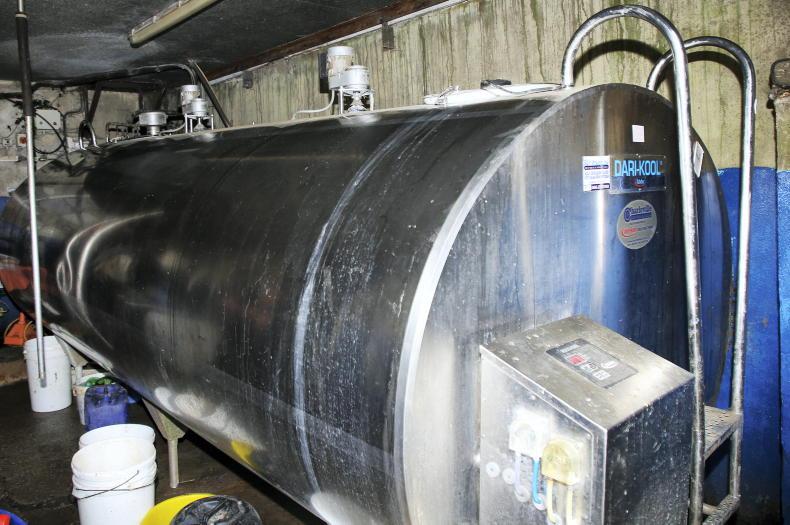
Peak electricity demand governs what size of a solar PV system to install.
The second element of the scheme is for larger renewable systems of between 6kW and 50kW. These systems will be able to receive a premium price of €0.135c/kWh for electricity exported for 15 years. This is called the Clean Export Premium (CEP) and is supported by the PSO levy.
As both the CEG and CEP are below current electricity prices, and as this special focus will show, maximising self-consumption offers the best return of investment for farmers.
What grants and incentives are available?
Grant aid for energy efficiency projects falls to Sustainable Energy Authority of Ireland (SEAI).
There are a number of grants and incentives are available for farmers;
TAMS: Grants of between 40-60% are available for solar PV under TAMS for systems up to 11kW and 6kW of battery storage. However, pig and poultry farmers are grant aided on an m2 basis. Farmers who avail of TAMS cannot export excess electricity to the grid. SEAI EXEED funding: This grant is available to all companies planning an investment in an energy project. It can cover 50-70% for external consultancy support and 30-50% of the capital cost of projects. The maximum funding is €1m. SEAI Better Energy Communities Grant: The BEC grant can cover up to 30% of total costs. Farms will also be able to avail of a new capital grant from the SEAI for solar PV systems of up to 5.9kW, with a maximum value of €2,400. The accelerated capital allowance (ACA) is a tax incentive scheme that promotes investment in energy efficient products and equipment. The ACA scheme allows a sole trader, farmer or company that pays corporation tax in Ireland to deduct the full cost of the equipment from their profits in the year of purchase. VAT is eligible to be claimed back by farmers on solar PV installations once the system is on the triple E register. Systems are currently charged VAT at a rate of 13.5%.
Connecting to the grid
Currently, ESB Networks only has an active grid connection process for microgenerators up to 6kW in size on single-phase or 11kW on three-phase. This the NC-6 process.
ESB Networks introduced a new grid connection pilot application process for generators between 6kW and 50kW, but this was only open to 150 applicants.
This is expected to open again in the summer and is called the NC-7 process. A separate connection process exists for larger solar PV systems up to 500kw in output.
Planning
The planning process for solar PV is currently under review. However, as it stands, planning is exempt for:
Roof-mounted solar PV systems which do not exceed 50m2 or 50% of the total roof area, whichever is the lesser. The solar panels shall be a minimum of 50cm from the edge of the wall or roof on which they are mounted.Ground-mounted solar systems where the array does not exceed 25m2 and the height of the free-standing solar array doesn’t exceed 2m.Panel choice
When choosing what panels to install, the environment needs to be taken into account as it will affect the output efficiency and performance of the panels over time.
In particular, you need to ensure that your panel choice is fully warranted against damage by ammonia gases and harsh weather conditions.
Glass-glass panels (310-360W) have been chosen for the purposes of this study, with degradation of efficiency of 0.35%.
Solar photovoltaic (PV) systems are likely to become commonplace on many farms over the coming decade.
As planning regulations are modified, grant aid increases, technology improves and becomes cheaper, the grid connection process is streamlined, our national electricity grid is strengthened and the need to decarbonise agriculture increases over the coming years, solar PV will likely become a much more attractive investment on many farms.
However, with electricity prices reaching record levels and no letup on the horizon, many farmers are asking if solar will work for them today. The answer is yes, but the payback really depends on an individual farm. Nevertheless, now is the time to start thinking about solar.
The Irish Farmers Journal commissioned consultants Watt Footprint to conduct a special report exploring the economics of solar PV on a range of farm scenarios. This special focus feature will explore each scenario investigated, showing the potential costs and returns.
The returns from solar depend on a range of factors, including the farm’s location, its current electricity demand and spread, type of panels, available ESB connection and grant aid, to name a few. Before we go through each scenario, there are a few things you need to know before considering a solar PV investment.
Sizing a solar PV system
When sizing the potential solar PV system, there are a number of limiting factors that need to be taken into account. As it stands, the size of a system is generally decided by the farm’s peak electricity load and maximum import capacity (MIC).
The peak load refers to the maximum electricity demand of the farm during the day. For example, a dairy farm’s peak load is generally during milking and cooling. In order to accurately determine the daily peak loads, a sub-metering system can be fitted on the farm.

Solar PV works well on farms that have a high electricity demand.
The MIC is the maximum electricity demand that can be catered for by a farm’s ESB connection. MIC is stated in kilovolt-amps (kVA) but this value is, in most cases, similar to the number of kilowatts (kW). This limits the size of the solar system that can be installed.
The area of a shed roof will also be a limiting factor for installation size. However, most farmers generally have sufficient roof space available.
Can I sell back to the grid?
Under the micro-generation support scheme, any producer of renewable electricity will have the right to export surplus electricity back to the grid and receive a competitive wholesale market price. This is called the Clean Export Guarantee (CEG) tariff and will be a deal between the farmer and suppliers of electricity.
This will likely be in the region of between €0.07c/kWh and €0.12c/kWh. At present, a company called Arden Energy is offering a rate of €0.175c/kWh, which is significantly higher than the current market rate.

Peak electricity demand governs what size of a solar PV system to install.
The second element of the scheme is for larger renewable systems of between 6kW and 50kW. These systems will be able to receive a premium price of €0.135c/kWh for electricity exported for 15 years. This is called the Clean Export Premium (CEP) and is supported by the PSO levy.
As both the CEG and CEP are below current electricity prices, and as this special focus will show, maximising self-consumption offers the best return of investment for farmers.
What grants and incentives are available?
Grant aid for energy efficiency projects falls to Sustainable Energy Authority of Ireland (SEAI).
There are a number of grants and incentives are available for farmers;
TAMS: Grants of between 40-60% are available for solar PV under TAMS for systems up to 11kW and 6kW of battery storage. However, pig and poultry farmers are grant aided on an m2 basis. Farmers who avail of TAMS cannot export excess electricity to the grid. SEAI EXEED funding: This grant is available to all companies planning an investment in an energy project. It can cover 50-70% for external consultancy support and 30-50% of the capital cost of projects. The maximum funding is €1m. SEAI Better Energy Communities Grant: The BEC grant can cover up to 30% of total costs. Farms will also be able to avail of a new capital grant from the SEAI for solar PV systems of up to 5.9kW, with a maximum value of €2,400. The accelerated capital allowance (ACA) is a tax incentive scheme that promotes investment in energy efficient products and equipment. The ACA scheme allows a sole trader, farmer or company that pays corporation tax in Ireland to deduct the full cost of the equipment from their profits in the year of purchase. VAT is eligible to be claimed back by farmers on solar PV installations once the system is on the triple E register. Systems are currently charged VAT at a rate of 13.5%.
Connecting to the grid
Currently, ESB Networks only has an active grid connection process for microgenerators up to 6kW in size on single-phase or 11kW on three-phase. This the NC-6 process.
ESB Networks introduced a new grid connection pilot application process for generators between 6kW and 50kW, but this was only open to 150 applicants.
This is expected to open again in the summer and is called the NC-7 process. A separate connection process exists for larger solar PV systems up to 500kw in output.
Planning
The planning process for solar PV is currently under review. However, as it stands, planning is exempt for:
Roof-mounted solar PV systems which do not exceed 50m2 or 50% of the total roof area, whichever is the lesser. The solar panels shall be a minimum of 50cm from the edge of the wall or roof on which they are mounted.Ground-mounted solar systems where the array does not exceed 25m2 and the height of the free-standing solar array doesn’t exceed 2m.Panel choice
When choosing what panels to install, the environment needs to be taken into account as it will affect the output efficiency and performance of the panels over time.
In particular, you need to ensure that your panel choice is fully warranted against damage by ammonia gases and harsh weather conditions.
Glass-glass panels (310-360W) have been chosen for the purposes of this study, with degradation of efficiency of 0.35%.





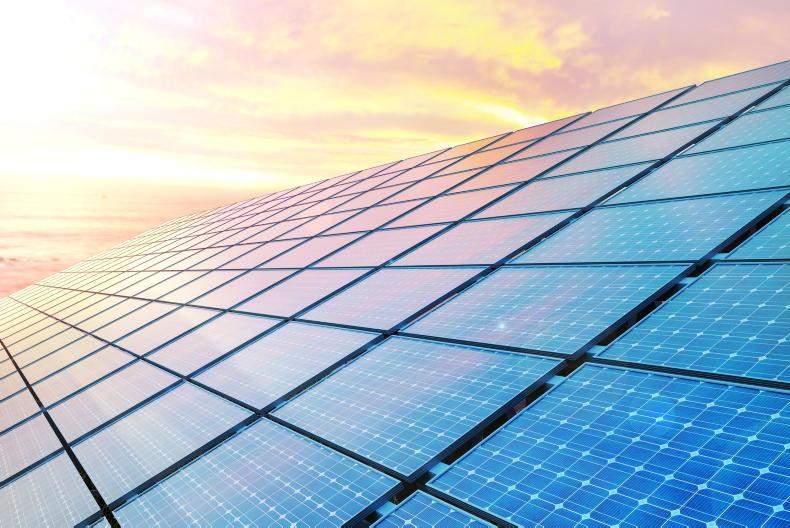

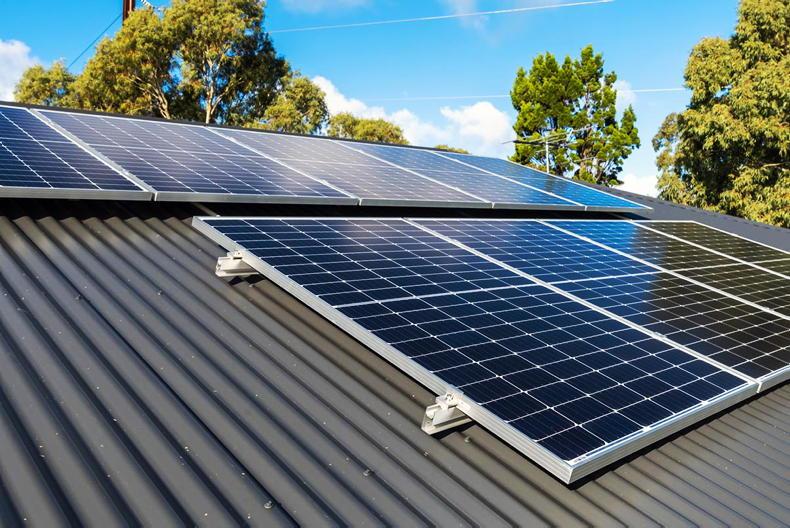

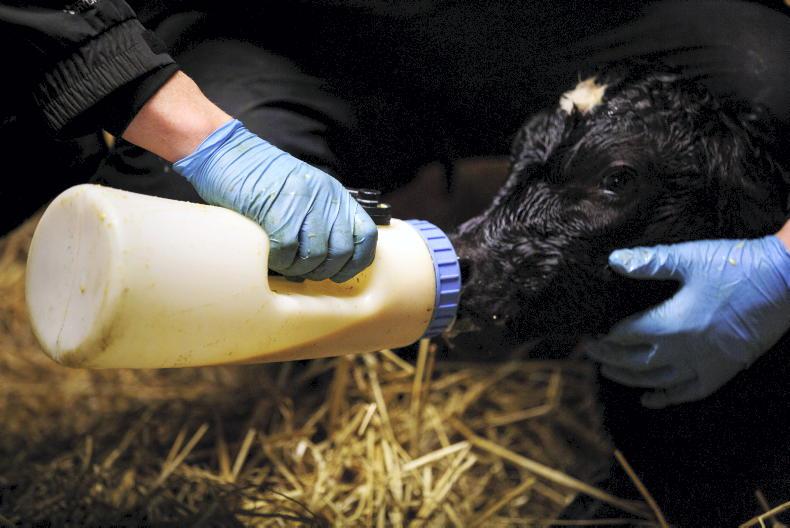

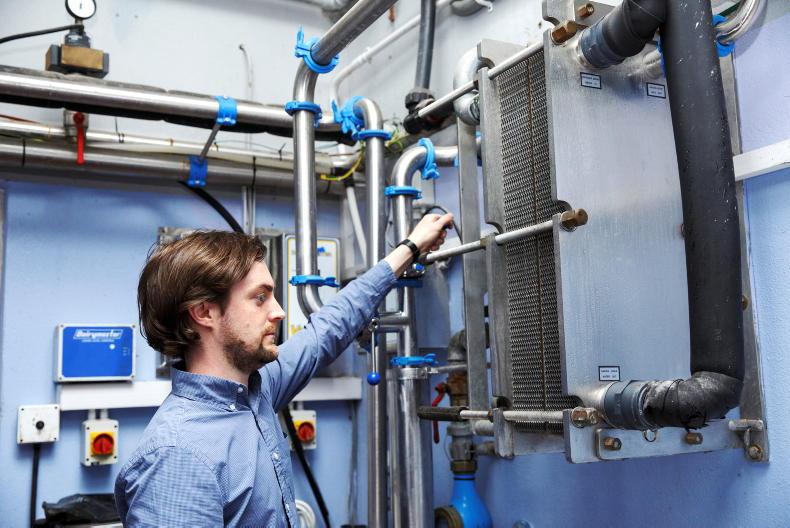
SHARING OPTIONS